Contemporary Flyswatter
The purpose here was to design a contemporary flyswatter specifically to be manufactured through injection molding.

My design process started with ideation for the head and handle
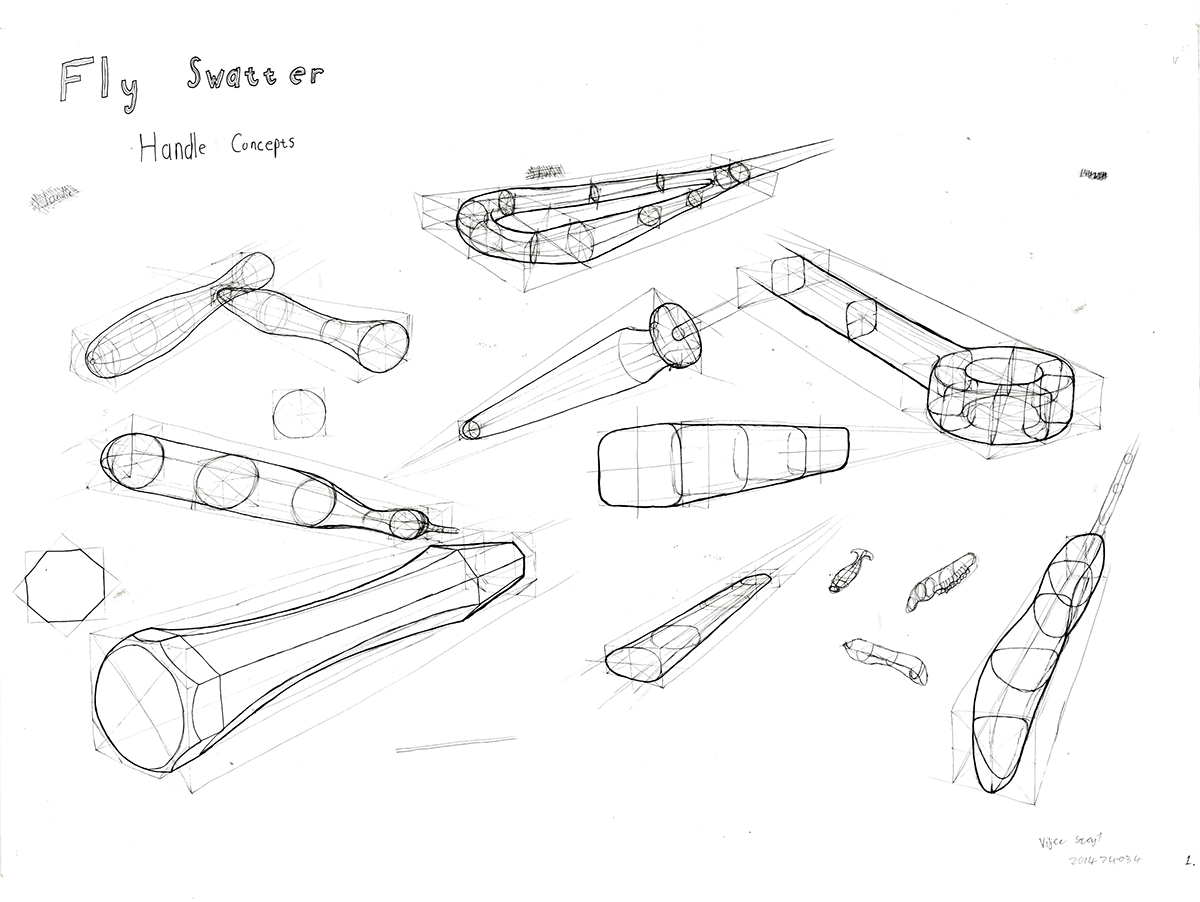
The handle is also a very important part of the swatter as it is the part that the user will interact with, the ergonomics and semantics of it need to be well considered
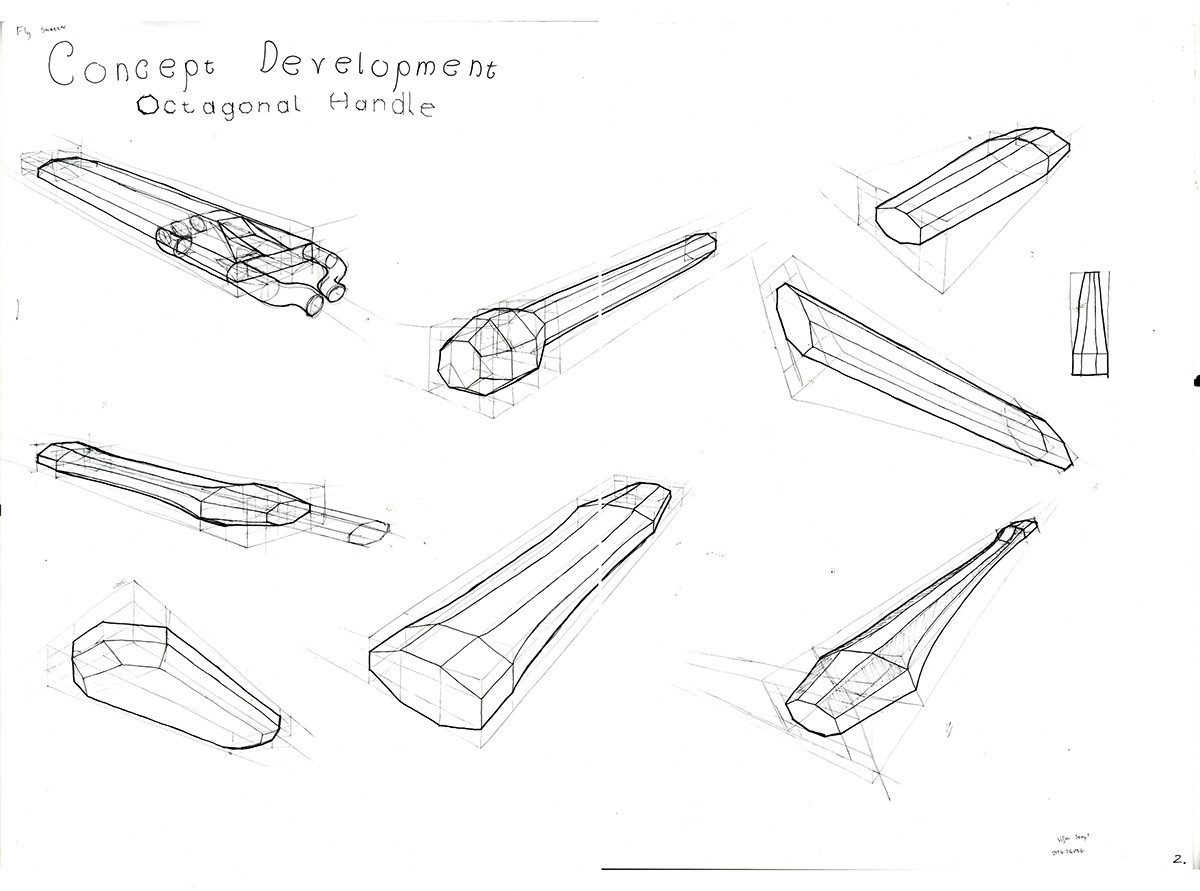
The process of injection molding imparts some design criteria and rules; wall thicknesses are limited to <6mm and the two halves of the mold cavity need to be able to separate from the part, this places many restrictions on the eventual shape of an injection molded product
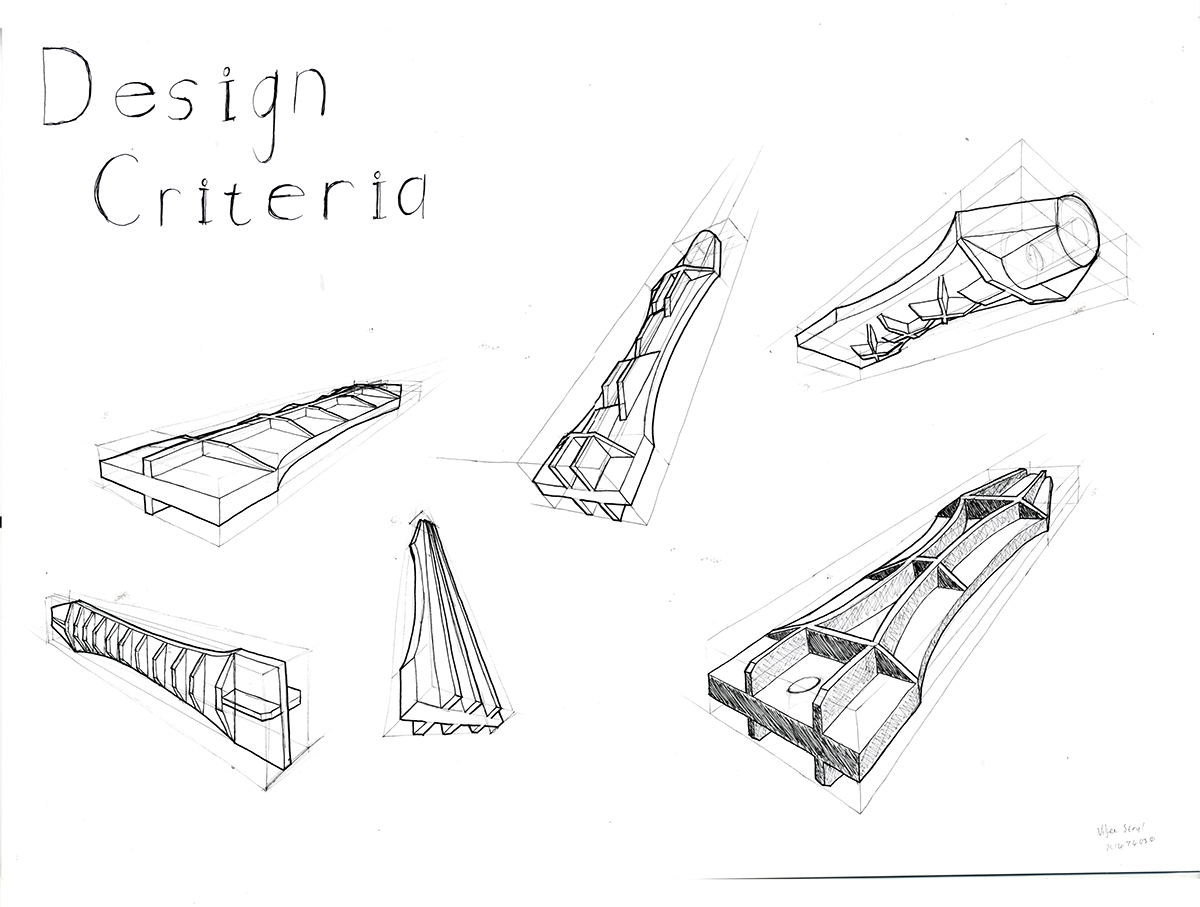
Final exploration sketches for the handle that fulfill the design criteria for injection molding

As the head was to be molded from silicone (a thermoset polymer) the criteria for design were slightly more slack and allowed more freedom with shape and thickness

Some basic sketching to show the final parts and my idea for a prototyping tool
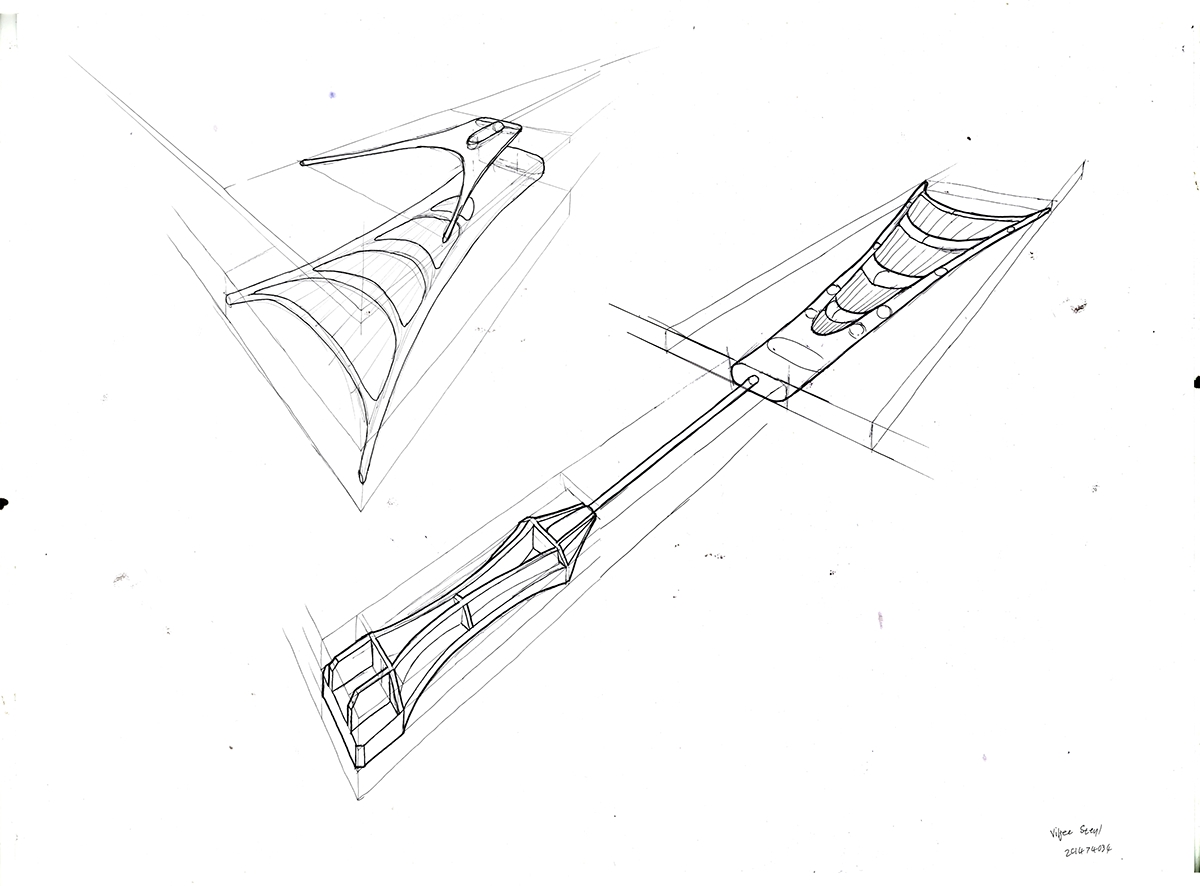
Some more basic sketching to show the final structure and assembly of the design

The final product will be co-injection molded from High Density Polyethylene (HDPE) around a stainless steel rod

A render of the handle part of the injection molded fly swatter
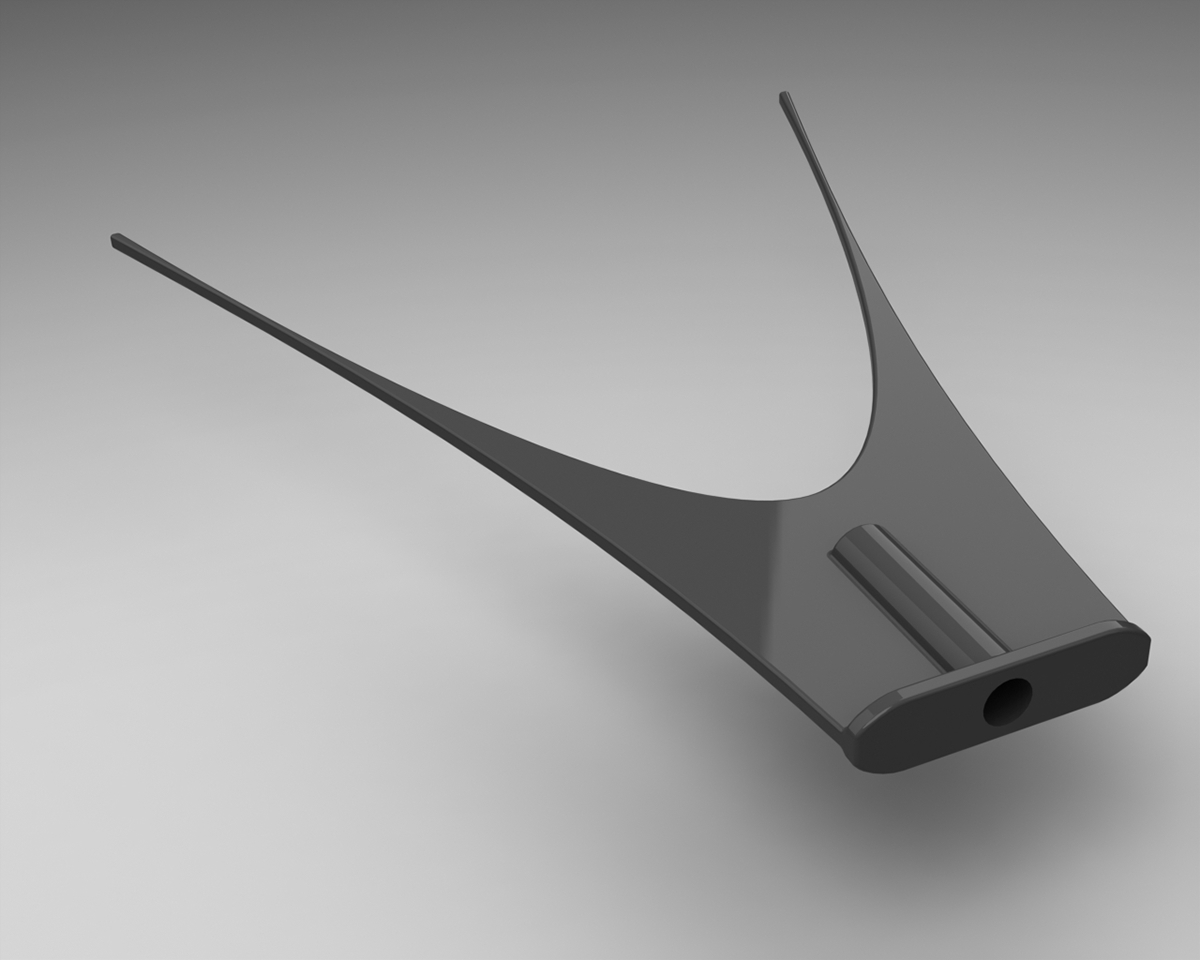
Renders of the internal structure of the swatter head


A render of the first phase of injection moulding, before the silicone is molded around the head structure
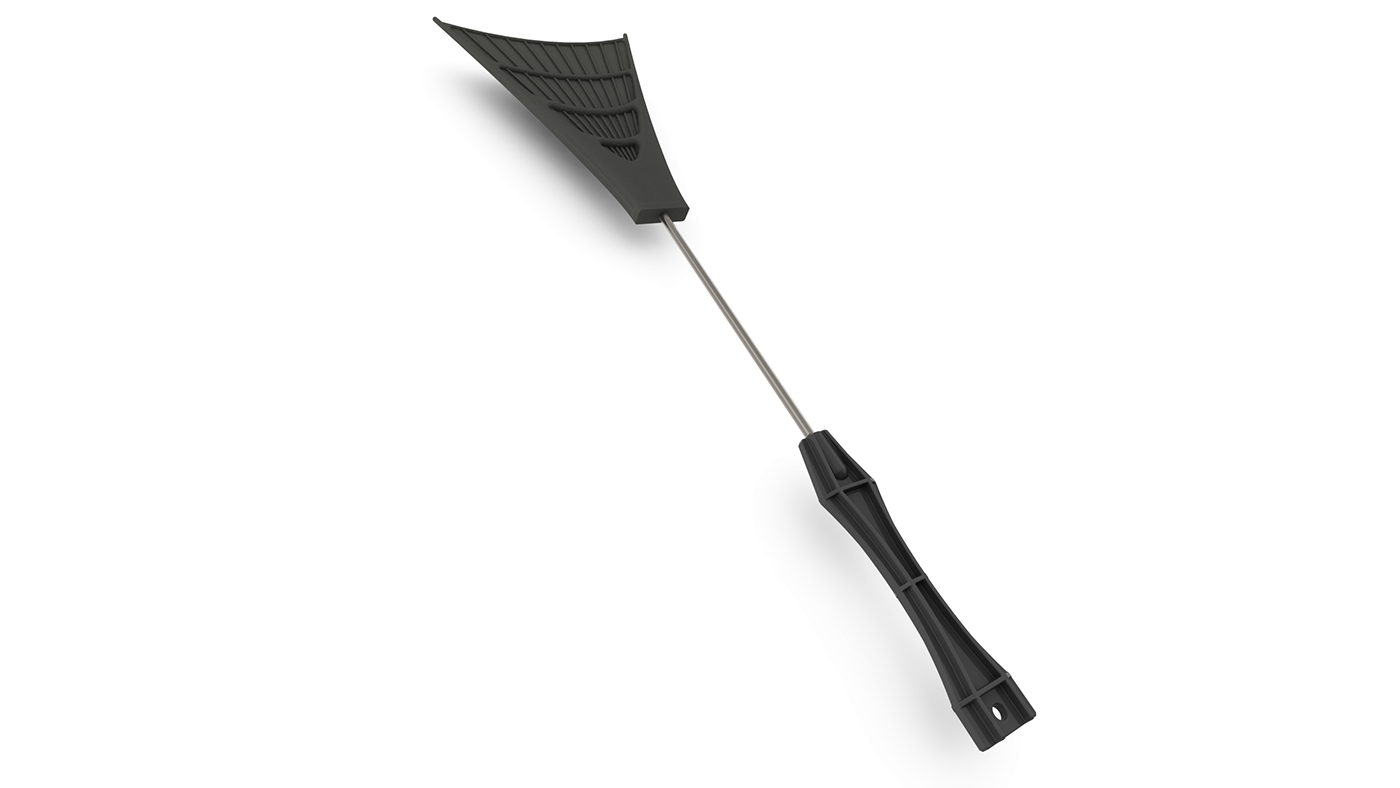
A render of the final product, the head undergoes a second injection molding process using silicone

as I was only required to produce physical and formal prototypes, the project budget called for a makeshift injection moulding tool
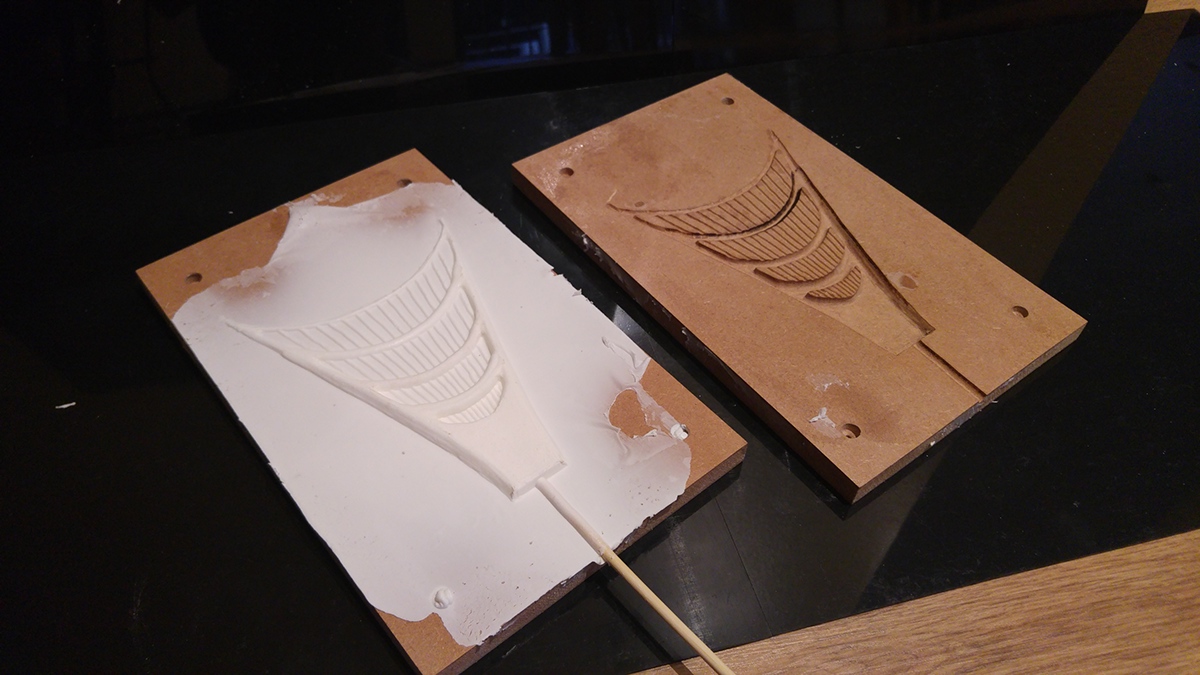
my first test of the moulding tool delivered promising results

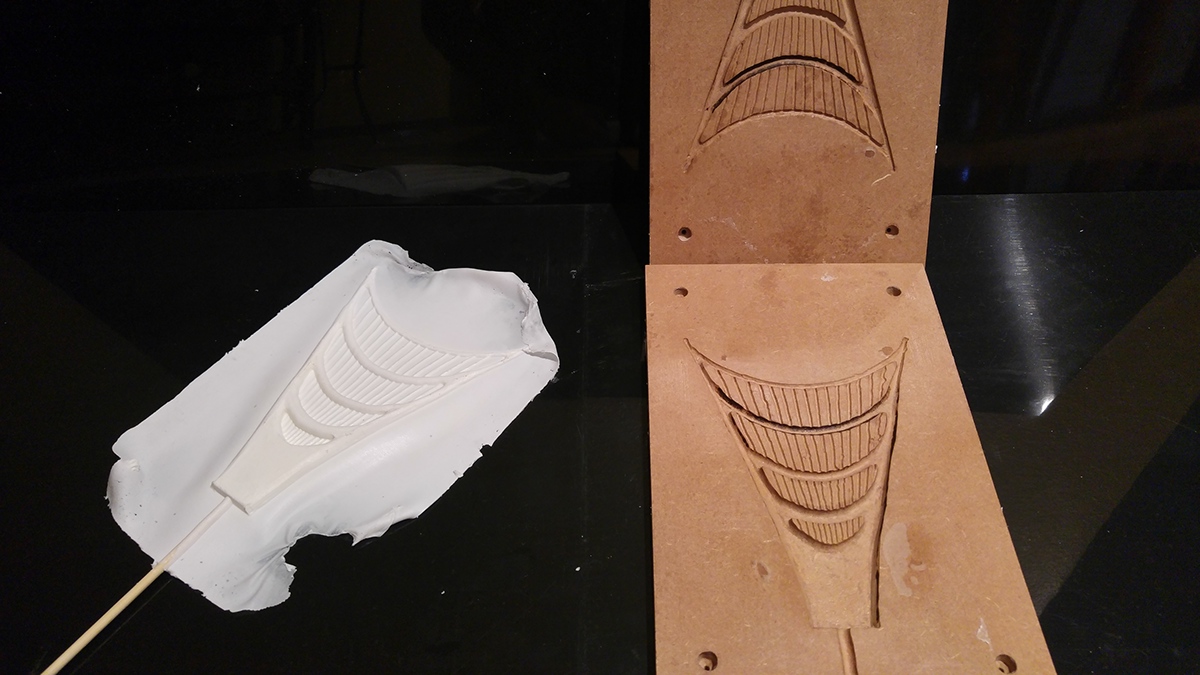
naturally, some fettling is required, but this experiment gave successful indications of the validity of my makeshift tool
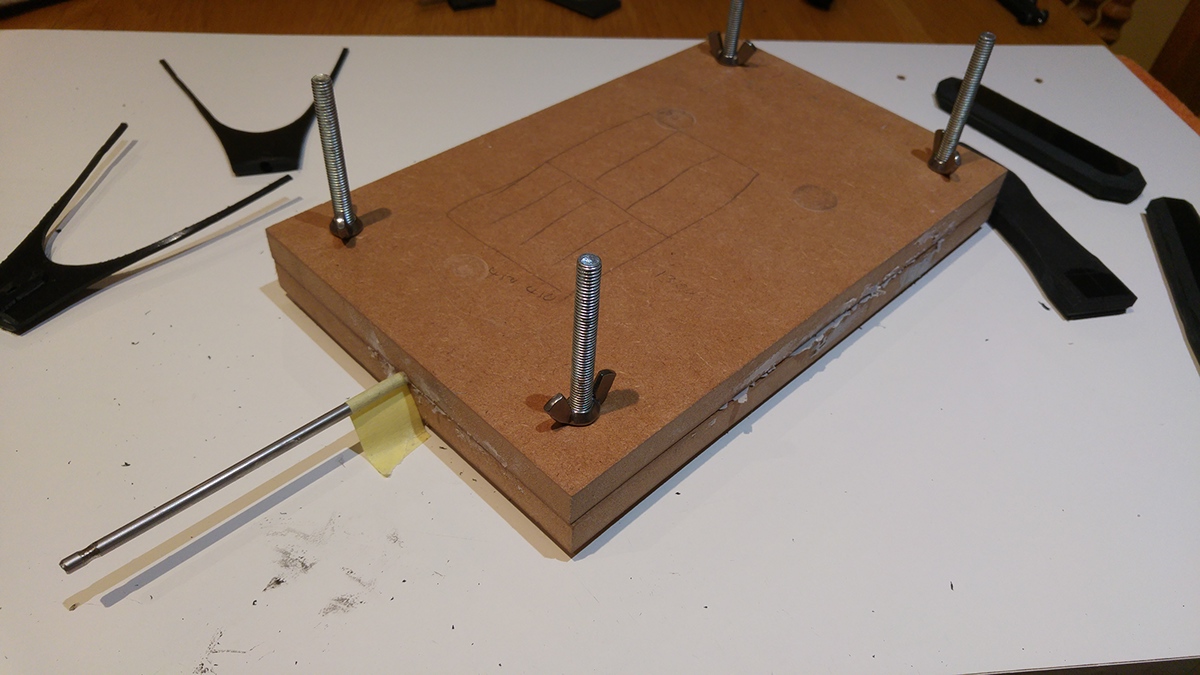

the design process from mockups to prototypes and final manufactured parts

the final prototypes show the shape, structure, colour, texture and the final position of branding elements.

a cross section of the fly swatter head showing the internal structure that adds stiffness to the silicone

the driving force behind the design for the shape of the head was to have a set of swatters emulate a spiders web when splayed out in a circular fan-like pattern
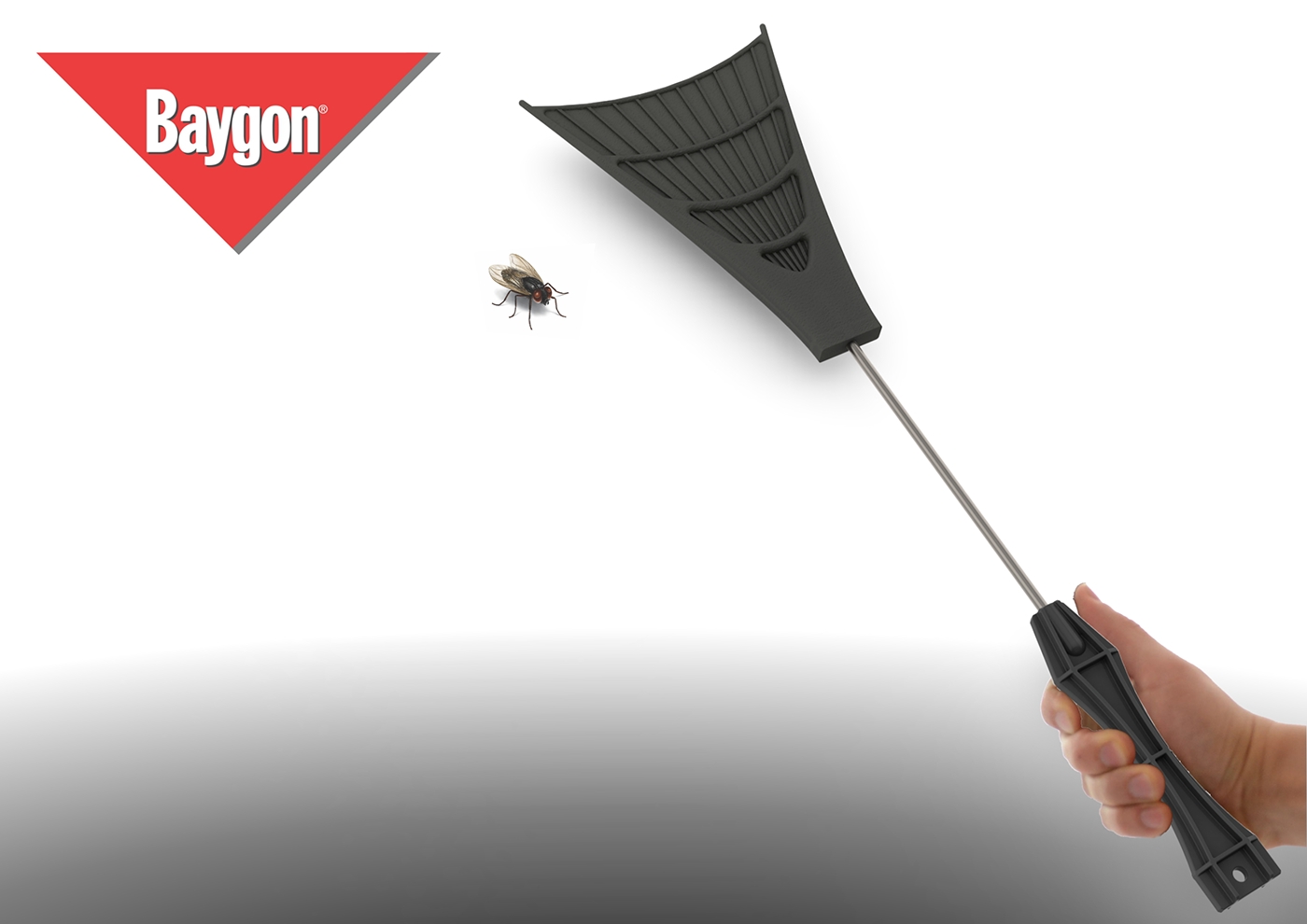
the final render needed to show the product being used situationally

